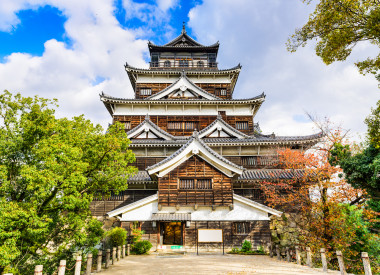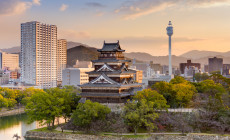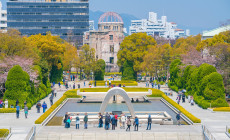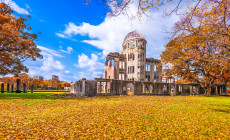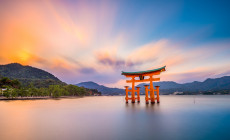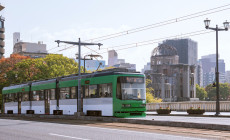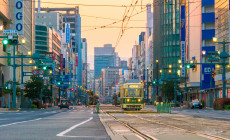-
Latin America
Latin America
- Countries (hidden space)
- Galapagos & Ecuador
- Guatemala
- Mexico
- Panama
- Peru
- Popular Attractions
- Machu Picchu
- Inca Trail
- Easter Island
- Galapagos Islands
- Patagonia
- Rio de Janeiro
- Iguazu Falls
-
Africa
Africa
- Spacer Africa
- South Africa
- Zimbabwe
- Popular Attractions
- Cape Town
- Okavango Delta
- Sossusvlei Dunes
- Victoria Falls
- The Kruger
- The Garden Route
- Masai Mara
-
Asia & Middle East
Asia & Middle East
- Asia
- Borneo (Malaysia)
- Cambodia
- India
- Japan
- Middle East
- Jordan
- Spacer Asia
- Laos
- Sri Lanka
- Uzbekistan
- Vietnam
- Popular Attractions
- Taj Mahal
- Lion Rock (Sigiriya)
- Angkor Wat
- Ha Long Bay
- Kyoto
- Petra
-
Destinations
- Latin America
- Argentina
- Bolivia
- Brazil
- Chile
- Colombia
- Costa Rica
- Galapagos & Ecuador
- Guatemala
- Mexico
- Panama
- Peru
- Asia
- Borneo (Malaysia)
- Cambodia
- India
- Japan
- Laos
- Sri Lanka
- Uzbekistan
- Vietnam
- Middle East
- Jordan
- Southern & East Africa
- Botswana
- Kenya
- Namibia
- South Africa
- Zimbabwe
- Contact Us
-
About
About
Llama Travel provides high quality holidays at the lowest possible prices.
99% recommend us Lower prices - guaranteed Financially protected by ATOL
Hiroshima is tragically known worldwide for being the first victim of a nuclear attack in human history. When the bomb was dropped in 1945, 70% of the buildings were utterly destroyed, and many cast doubts on whether the city could ever be inhabited again. Fast forward to the present day, and Hiroshima is now one of Japan’s largest cities. The space where the bomb detonated has purposely been left undeveloped, and instead turned into the Peace Memorial Park and Museum, to commemorate the victims of the nuclear attacks. Within the Peace Park is the iconic Atom Bomb Dome, the closest building to the blast to survive, which has been recognised by UNESCO as a World Heritage Site.
Hiroshima’s 16th century castle was rebuilt after attacks, and now serves as a museum of the city’s pre-war history. When it was first built, the castle was so magnificent, that the city’s old name Gokamura (meaning “five villages”) was deemed insufficiently impressive, and it was consequently renamed Hiroshima, which means “wide island”. The castle was once an important seat of power in western Japan.
Hiroshima is known for its delicious Okonomiyaki, which some have dubbed “Japanese Soul Food” and can be described as a cross between pancakes and pizza. Batter, yakisoba, cabbage and a variety of other ingredients are fried on a hotplate, and served hot for you to enjoy.
Nearby Miyajima Island is one of Japan’s most famous destinations, known for its shrine which appears to float on the water, and the iconic giant torii gate in the bay. The gate is considered one of the three most celebrated sights in Japan, a title that dates back to 1643. Like Nara, Miyajima is home to deer that are friendly to humans, and will often walk among tourists and sleep on the paths. Unlike Nara however, the deer must not be fed.

